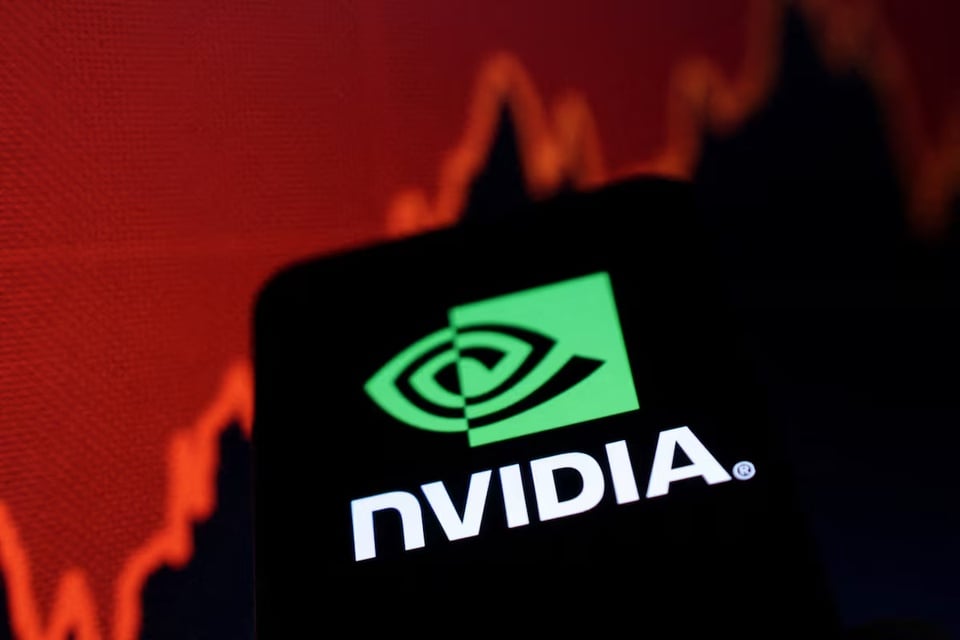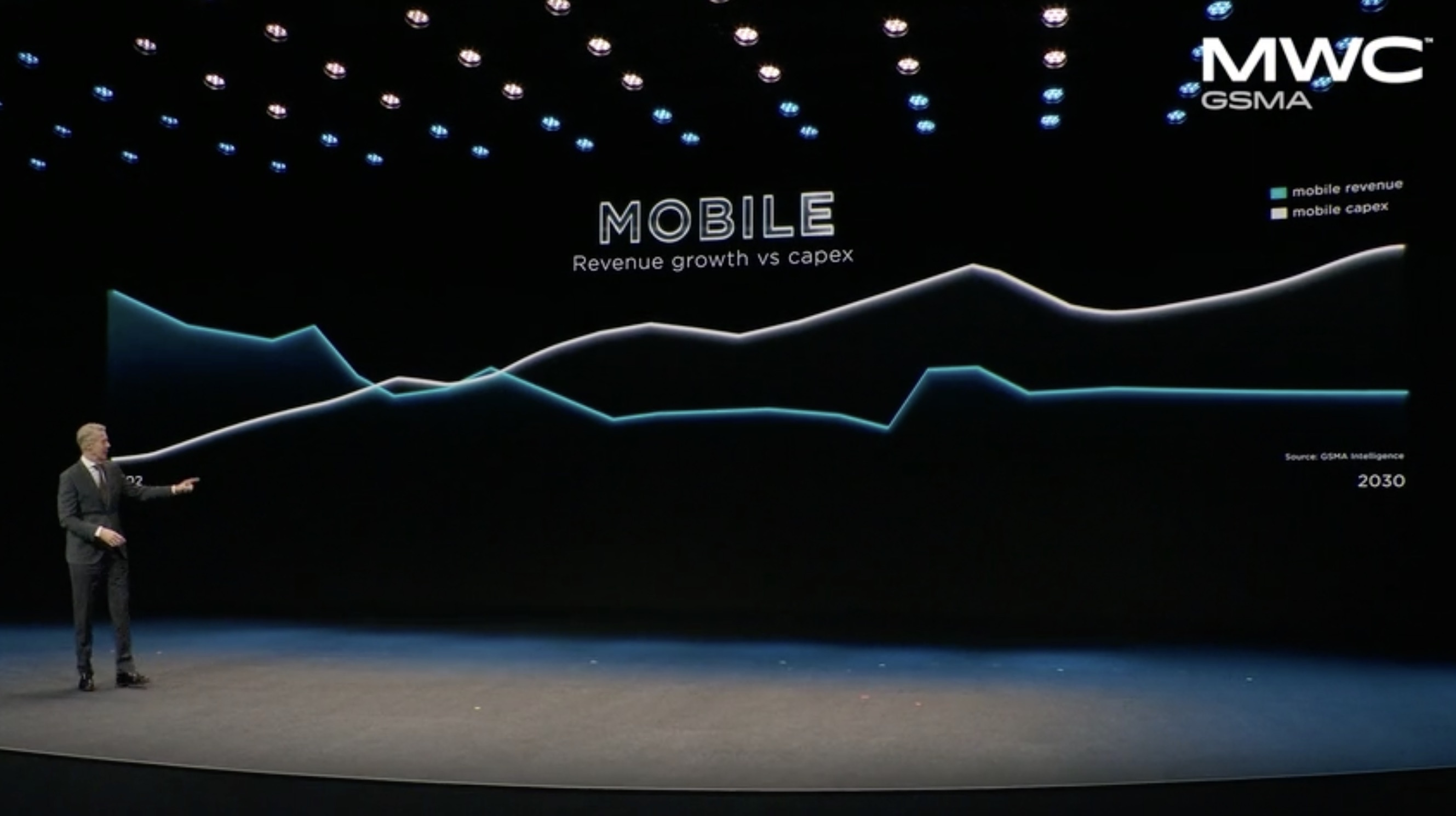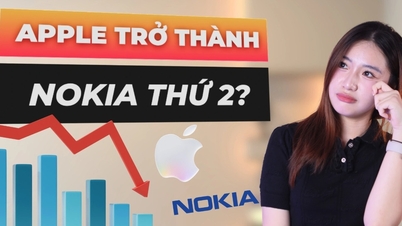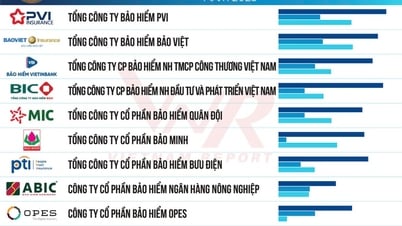 |
“Traditionally, mobile networks have been used for voice, data, and video . But in the future, mobile networks will have to handle a new type of traffic, AI traffic,” said Ronnie Vasishta, Nvidia’s senior vice president of telecommunications, during a congressional hearing in early June.
“AI traffic will include the delivery of AI services to end devices. Mobile networks will support applications such as self-driving cars, smart glasses, generative AI on phones, holographic communications, robotics, and many more applications that have not yet been envisioned,” Vasishta added.
Data consumption is slowing down
Recent figures show that network traffic growth is slowing, especially in wireless networks. For example, Ericsson admitted for the first time in its semi-annual Mobility Report that traffic growth has slowed.
“The forecast shows that mobile network traffic will continue to grow, but at a slower pace,” Fredrik Jejdling, head of networks at Ericsson, wrote in the report.
 |
The telecommunications industry is facing the problem of rising capital costs with each mobile generation but flat revenue. Photo: GSMA . |
Similarly, OpenVault recently reported that average monthly broadband data consumption increased by just 7.2%, the lowest level since the organization began tracking it in 2012. Analysys Mason also forecasts that global mobile internet traffic will grow by about 15% per year over the next few years, down from 23% in 2023 and 50% in 2018.
“Since 2002, mobile service revenue has not increased and the gap between capital expenditure and revenue has widened, threatening the future of the telecommunications industry,” Mats Granryd, General Director of the Global Mobile Operators Association (GSMA), said at the MWC 2025 event.
The Impact of AI
However, many experts believe that AI can reverse this trend.
“As generative AI moves into mobile devices, we’re going to see a huge increase in mobile data traffic,” said Marc Ganzi, CEO of digital infrastructure investment fund DigitalBridge.
Similarly, Gary Smith, CEO of networking equipment provider Ciena, said that heavy investment in AI data centers will lead to more AI traffic on broadband networks in the US and around the world . “AI data can’t just stay in the data center, it has to be on the network,” he said.
Today, most AI operations take place in large-scale data centers. While there have been rumors that large companies like Amazon Web Services (AWS) and Microsoft will cut back on data center investments, recent financial reports suggest otherwise.
 |
Nvidia CEO at Computex 2024. Photo: Reuters . |
“Demand for large-scale data center leasing remained strong in Q1 2025, with sources indicating that approximately 1.9 GW of capacity was leased, flat in the previous quarter and up from 1.3 GW in the same period last year,” TD Cowen’s financial analysis team wrote in a note to investors.
The gigawatt (GW) unit is often used to measure the demand in data centers, where AI models process and generate responses for users, because it reflects the electrical capacity needed to operate thousands of servers, cooling systems, and supporting infrastructure.
Nvidia’s Vasishta believes telecom networks will play a key role in transmitting AI data. At the hearing, Nvidia urged the US Congress to allocate more spectrum for wireless networks. Lawmakers in Washington are currently considering legislation that would auction 600 MHz of spectrum by 2034, with the expectation of raising about $88 billion from the sale of the spectrum.
Nvidia is selling components for AI-enabled telecom networks, and is benefiting from telecom companies developing AI-enabled networks.
Source: https://znews.vn/nvidia-hua-hen-ai-se-giai-cuu-nganh-vien-thong-post1559667.html



































































































Comment (0)